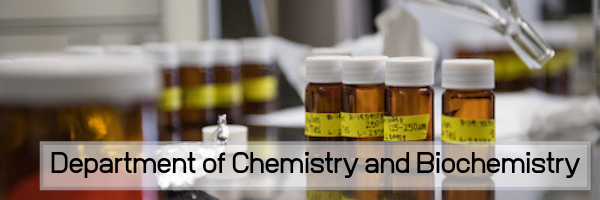
Faculty and Student Publications
Document Type
Article
Publication Date
8-1-2022
Abstract
Wetlands are of a considerable environmental value as they provide food and habitat for plants and animals. Several important chemical transformations take place in wetland media, including the conversion of inorganic mercury (Hg) to monomethylmercury (MeHg), a toxic compound with a strong tendency for bioconcentration. Considering the fact that wetlands are hotspots for Hg methylation, we investigated, for the first time, Hg methylation and demethylation rates in an old growth cypress wetland at Sky Lake in the Mississippi Delta. The Sky Lake ecosystem undergoes large-scale water level fluctuations causing alternating periods of oxic and anoxic conditions in the sediment. These oscillating redox conditions, in turn, can influence the transformation, speciation, and bioavailability of Hg. In the present study, sediment cores from the wetland and Sky Lake itself were spiked with enriched stable isotope tracers of inorganic Hg and MeHg and allowed to incubate (in-situ) before freezing, sectioning, and analysis. Methylation rates (day−1) ranged from 0.012 ± 0.003 to 0.054 ± 0.019, with the lowest rate in the winter and the highest in the summer. Demethylation rates were about two orders of magnitude higher, and also greater in the warmer seasons (e.g., 1.84 ± 0.78 and 4.63 ± 0.51 for wetland sediment in the winter and summer, respectively). Methylation rates were generally higher in the open water sediment compared to wetland sediment, with the latter shaded and cooler. Both methylation (r = 0.76, p = 0.034) and demethylation (0.97, p = 0.016) rates (day−1) were positively correlated with temperature, but not with most other water quality parameters. MeHg concentration in the water was correlated with pH (r = 0.80, p < 0.05), but methylation rates were only marginally correlated (r = 0.71). Environmental factors driving microbial production of MeHg in the system include warm temperatures, high levels of labile natural organic matter, and to a lesser extent the relatively low pH and the residence time of the water. This study also provides baseline data that can be used to quantify the impacts of modifying the natural flow of water to the system on Hg methylation and demethylation rates.
Relational Format
journal article
Recommended Citation
Bussan, D. D., Douvris, C., & Cizdziel, J. V. (2022). Mercury methylation potentials in sediments of an ancient cypress wetland using species-specific isotope dilution gc-icp-ms. Molecules, 27(15), 4911. https://doi.org/10.3390/molecules27154911
DOI
10.3390/molecules27154911
Accessibility Status
Searchable text

